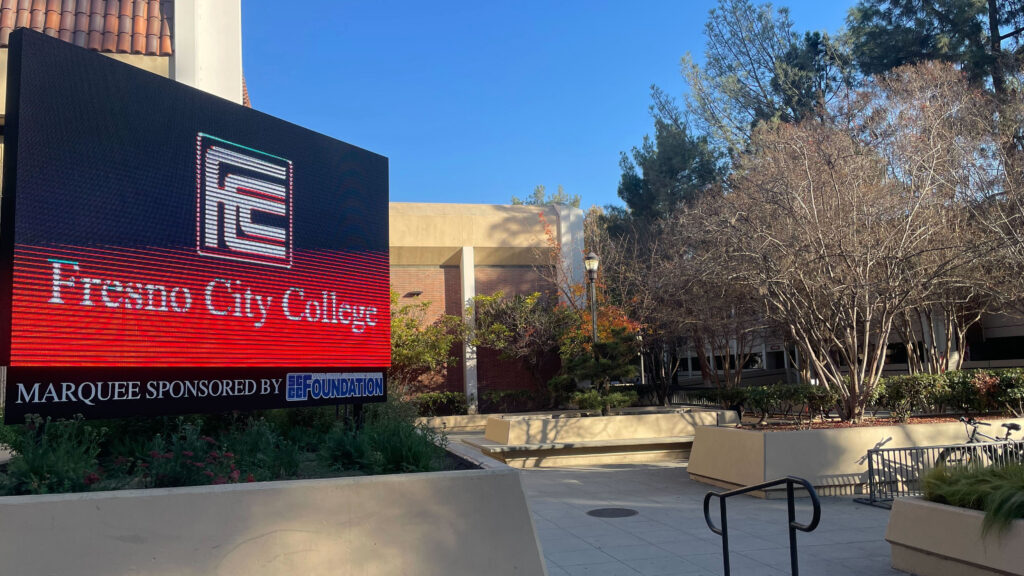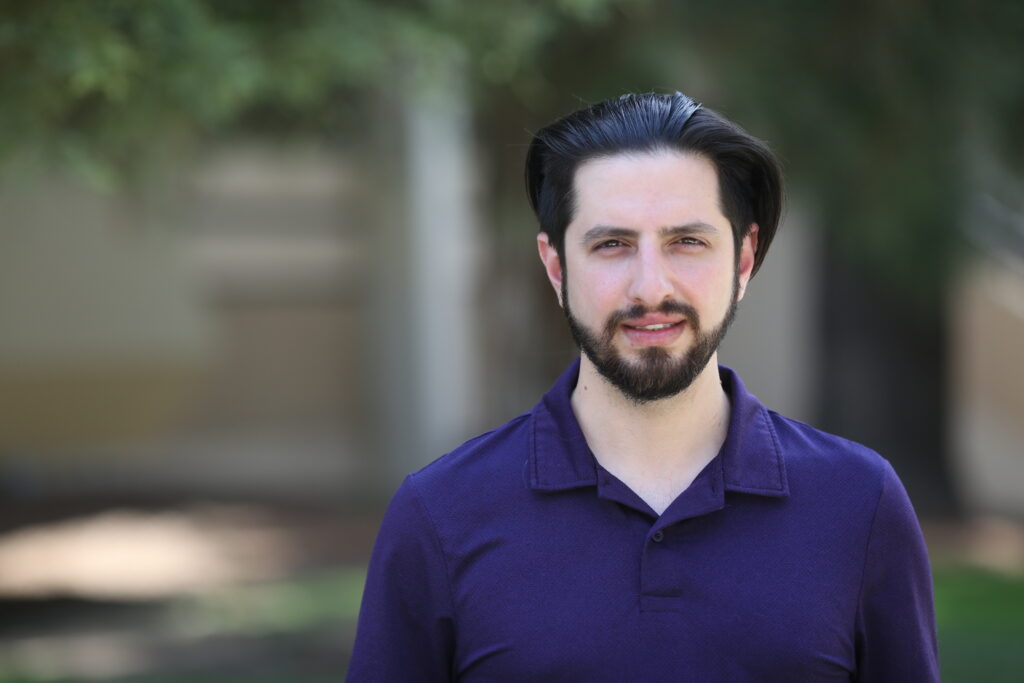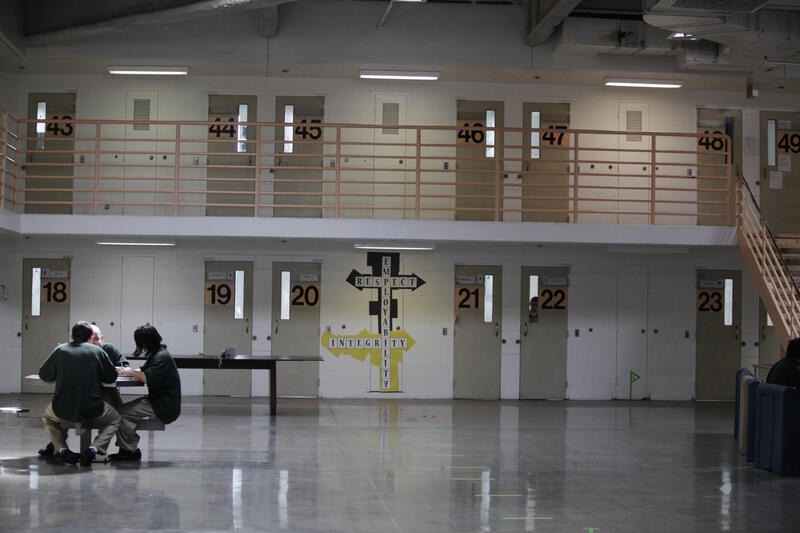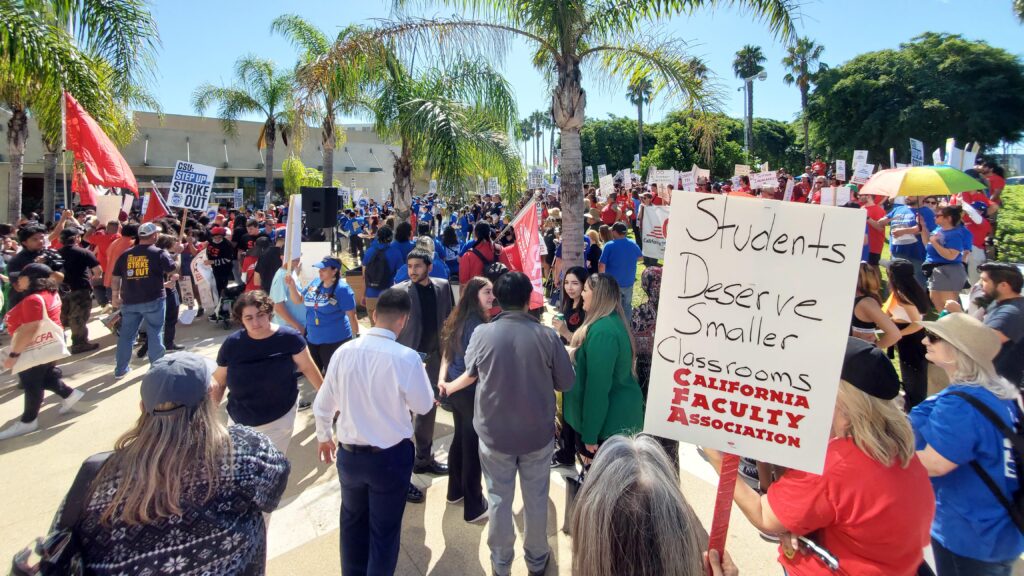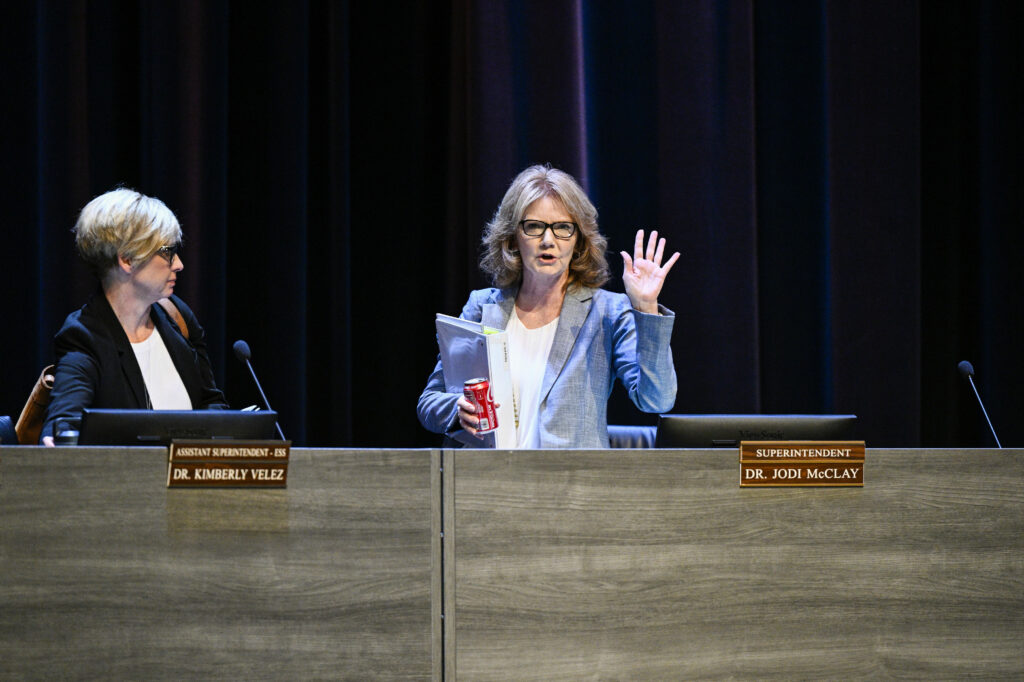During the 2024 Presidential campaign, “60 Minutes” invited both Trump and Harris to sit for an interview. Harris accepted, Trump declined. The interview took about an hour. As is customary, the editors cut the interview back to 20 minutes, the customary time slot.
CBS used a short response from Harris about the war in Gaza to promote the show. In the show itself, the promotional clip was replaced by a different response. To the editors, it was a distinction without a difference, a routine editorial decision.
Trump, however, saw the switch in the short clip and the longer one as a financial opportunity. He sued “60 Minutes” and CBS for $10 billion (later raised to $20 billion) for portraying Harris in a favorable light, interfering in the election, and damaging his campaign.
Since he won the election, it’s hard to see how he could demonstrate that his campaign was damaged. Most outside observers thought it was a frivolous lawsuit and would be tossed out if it ever went to trial.
But Trump persisted because the owner of CBS and its parent company Paramount, Shari Redstone, needed the FCC’s approval to complete a deal to be purchased by another company. Trump could tell his friend Brendan Carr to approve the deal or to block it. Shari Redstone would be a billionaire if the deal went through.
A veteran producer at “60 Minutes” resigned in anticipation of corporate leaders selling out their premier news program. The president of CBS News followed him out the door.
As expected, corporate caved to Trump. CBS will pay $16 million towards the cost of his Presidential library. He once again humbled the press. He did it to ABC, he did it to META, he did it to The Washington Post.
Will any mainstream media dare to criticize him?
Larry Edelman of The Boston Globe wrote about Trump’s humbling of the most respected news program on network TV:
💵 A sell-out
The show is almost over for National Amusements, the entertainment conglomerate with humble beginnings as a Dedham drive-in movie theater chain.
Unlike most Hollywood endings, this one is a downer.
Shame on Shari Redstone.
Recap: Redstone is the daughter of Sumner Redstone, the larger-than-life dealmaker who transformed the theater company started by his father into the holding company that owns CBS, MTV, Nickelodeon, and the Paramount movie studio.
On Tuesday, Paramount Global, controlled by Shari Redstone, said it agreed to pay $16 million to settle President Trump’s widely criticized lawsuit stemming from the “60 Minutes” interview of Vice President Kamala Harris during last year’s election campaign. The payment, after legal fees, will go to Trump’s presidential library.
Why it matters: It’s impossible not to see this as an unabashed payoff intended to win the Federal Communications Commission’s approval of Redstone’s multibillion-dollar deal to sell Paramount to Skydance Media, the studio behind movies including “Top Gun: Maverick” and “Mission: Impossible – Dead Reckoning Part One.”
Everyone involved denied the settlement was a quid pro quo. If you believe that, I have some Trump meme coins to sell you.
In a $10 billion lawsuit against CBS last year, Trump alleged that “60 Minutes,” part of CBS News, deceptively edited the Harris interview in order to interfere with the election.
Legal experts said Trump’s chances of winning the case were slim to none given CBS’s First Amendment protections for what was considered routine editing. But his election victory in November gave him enormous leverage over Redstone.
Reaction: “With Paramount folding to Donald Trump at the same time the company needs his administration’s approval for its billion-dollar merger, this could be bribery in plain sight,” Massachusetts Senator Elizabeth Warren said in a statement after the settlement was announced.
“CBS and Paramount Global realized the strength of this historic case and had no choice but to settle,” a spokesperson for Trump’s lawyers said. The president was holding “the fake news accountable,” the spokesperson said.
Of course, the lawsuit was all about putting the news media under the president’s thumb.
“The enemy of the people” — Trump’s words — is a power base Trump wants desperately to neutralize, along with other perceived foes such as elite universities and big law firms.
Columbia University and law firms including Paul, Weiss, Rifkind, Wharton & Garrison have already caved. Harvard University had no choice but to come to the negotiating table, though it also is battling the White House in court.
“The President is using government to intimidate news outlets that publish stories he doesn’t like,” the conservative editorial board of The Wall Street Journal wrote.
For what it’s worth: The two points I’d like to make here may seem obvious but are worth repeating.
First: The ownership of news outlets by big corporations is a double-edged sword.
Yes, they can provide financial shelter from devastation wrought by Google and Meta — and the brewing storm coming from artificial intelligence.
But they also own bigger — and more profitable — businesses that need to maintain at least a civil relationship with the federal government.
That’s why Disney ended Trump’s dubious defamation case against ABC News by agreeing to “donate” $15 million to the presidential library, and why Meta, the parent of Facebook, coughed up $25 million to settle a Trump lawsuit over the company’s suspension of his accounts after the Jan. 6 attack on the US Capitol.
Second: Private sector extortion — multiple law firms promised $100 million in pro-bono work for causes favored by Trump — dovetails with the president’s use of the power of the office to make money for himself and his family.
Trump’s crypto ventures, including the shameless $TRUMP and $MELANIA meme coins, have added at least $620 million to his fortune in a few months, Bloomberg reported this week. Then there are all those real estate deals in the Middle East, the Qatari jet, and the licensed products, from bibles to a mobile phone service.
Shari Redstone’s $16 million payment is chump change by comparison. And it makes perfect business sense. It smooths the way for National Amusements to salvage at least $1.75 billion from the sale of its stake in Paramount. Sumner Redstone, a consummate dealmaker, would have done the same thing.
Skydance, by the way, was launched by another child of a billionaire, David Ellison.
His father, Larry Ellison, founded software giant Oracle and is worth nearly $250 billion. Oracle is negotiating to take a role in the sale of TikTok by its Chinese owner, a transaction being orchestrated by Trump.
Small world, eh?
Final thought: After nearly 90 years in business, National Amusements, now based in Norwood, is going out with a whimper, not a bang.
The company has struggled with heavy debt, declining cable network profits, and huge costs for building out its streaming business. Paramount’s market value has dropped to $9 billion from $26 billion when Viacom recombined with CBS to form the new company in 2019.
To get the Skydance rescue deal done, Redstone, 71, sold out the journalists at CBS News — the onetime home of Edward R. Murrow and Walter Cronkite, and still one of the most respected names in the business.
That’s one bummer of an ending.

